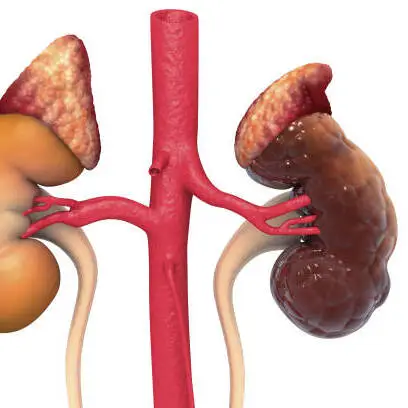


Cerebral palsy is a group of disorders that affect movement, balance, and posture. It is caused
by problems in the brain that control muscles and coordination. The severity of cerebral palsy
can vary—some people may need full-time support for daily tasks, while others may manage with
little or no help.
Without proper Ayurvedic treatment for cerebral palsy, the condition may worsen over time,
leading to more complications. Early care can help manage symptoms and improve the quality of
life.


Cerebral palsy in Ayurveda is treated based on identifying its root causes. The main causes include:
Most cases develop before or shortly after birth. Understanding the cause helps in offering the right herbal medicine for cerebral palsy.
With early Ayurvedic treatment for cerebral palsy in children, these symptoms can be managed, and coordination can improve.
Delaying treatment for cerebral palsy can lead to complications such as:
Using a combined approach, including Ayurveda and physiotherapy for cerebral palsy, can help reduce complications and improve outcomes in severe cases.